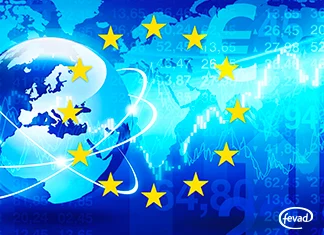Fevad has just released its study on the key figures for e-commerce in 2020. How would you sum up this pivotal year, marked by the Covid-19 health crisis?
We have selected the figures we felt were most relevant, and you can find the full “Key e-commerce figures” study on the FEVAD website.
Contrasting annual growth
Annual e-commerce growth in 2020 will be 8.5% (compared with 11.7% in 2019 and 13% per year on average over the last 4 years). This figure paints a mixed picture, as despite the overall acceleration in e-commerce, certain sectors have been heavily impacted, such as tourism and leisure.

An increase in online buyers
E-buyers are growing in number, this year 2020 saw a significant rise in new online buyers (+1.5 million). Of all these buyers, 41.4% make their purchases from their cell phones.

E-commerce: frequency of consumer purchases on the rise
In 2020, the average transaction price rose for the first time in 8 years. At €61, this represents a 2.6% increase on the previous year. The French had to buy online the products they could no longer buy in physical stores due to the various confinement periods, but also outside these periods.
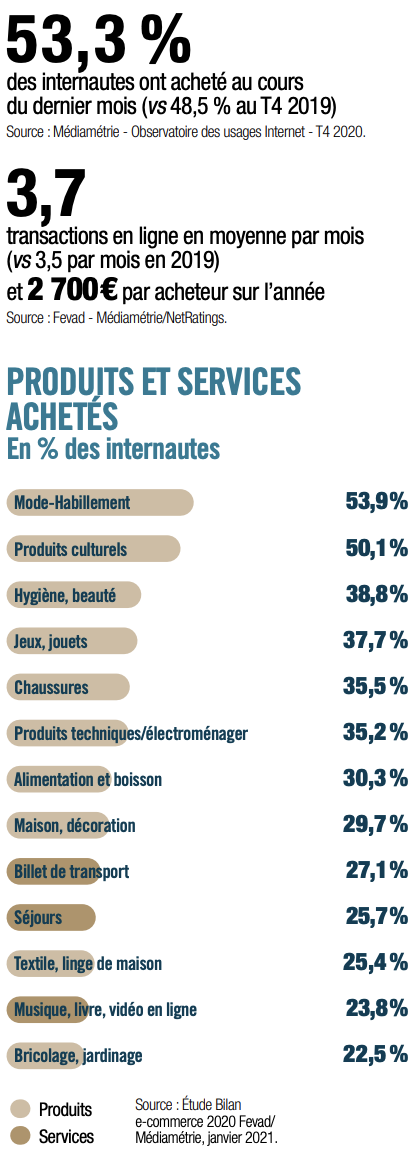
The top 5 e-commerce sites most popular with Internet users in 2020.
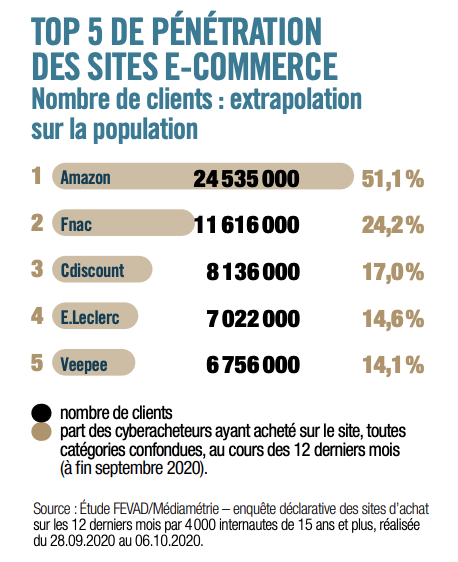
Omnichannel: retailers diversify their distribution channels
One of the major challenges for retailers has been to offer their customers the option of continuing to buy and have their goods delivered to their home or store via click and collect. As a result, many physical stores have taken their first steps or consolidated their digital activity, enabling them to maintain their overall business. The complementarity between these different channels seems to be in the retailers’ favor.
Home/work delivery still in the lead
Consumers continue to give priority to home or workplace delivery, even though they have also increased the frequency of click & collect deliveries, which boomed during the containment period!
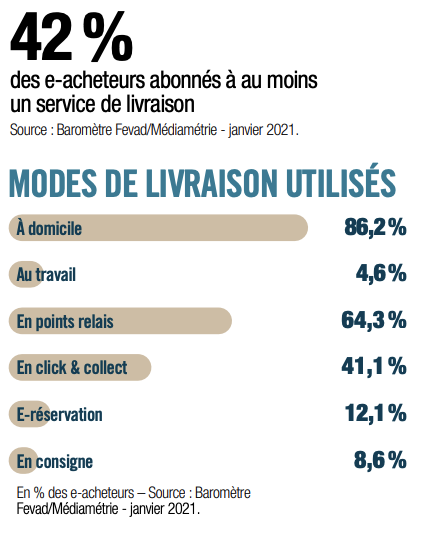
Marketplaces have been very responsive
Sales by merchants present on marketplaces grew by 27% in 2020. Marketplaces accessible to small and medium-sized companies have won over these smaller structures, enabling them to limit the decline in their sales.
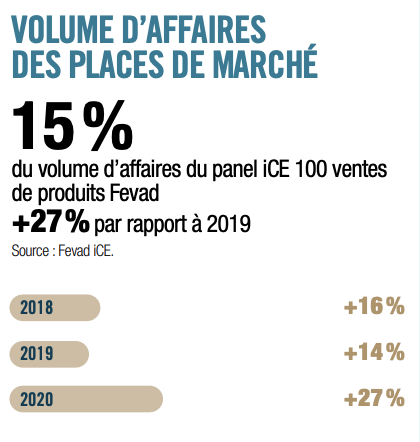
The social and environmental responsibility of e-commerce seems to be developing more and more.
These days, it’s hard to turn a blind eye to our global environmental impact. Every industry and every consumer has a responsibility. In fact, at WelcomeTrack, we recently asked ourselves what we could do to reduce our environmental impact. is theecological impact of e-commerce, and whether it can be calculated.
According to the FEVAD study, consumers and e-retailers alike seem to be increasingly concerned by eco-responsible approaches. In fact, 53% of e-buyers say they take environmental impact into account when shopping online.


